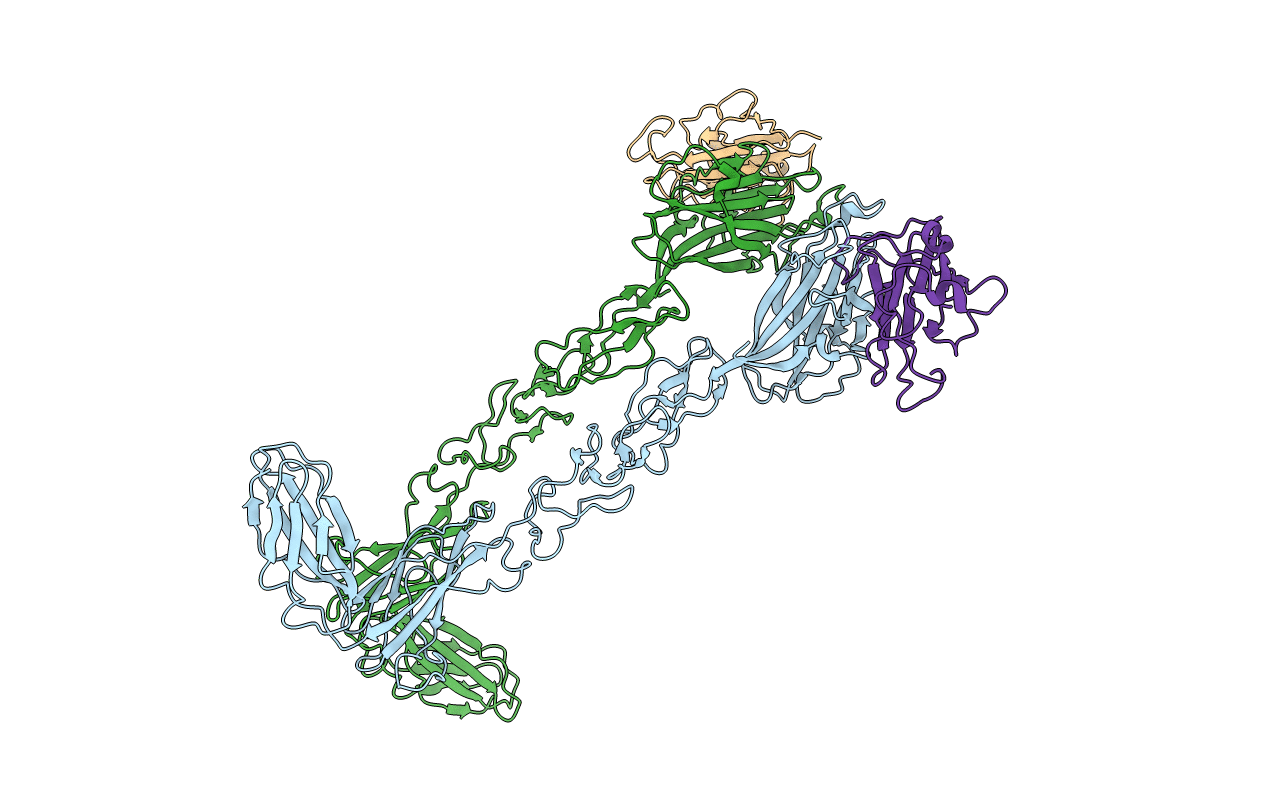
Deposition Date
2013-04-24
Release Date
2013-07-03
Last Version Date
2024-10-23
Entry Detail
PDB ID:
4BKF
Keywords:
Title:
crystal structure of the human EphA4 ectodomain in complex with human ephrinB3
Biological Source:
Source Organism:
HOMO SAPIENS (Taxon ID: 9606)
Host Organism:
Method Details:
Experimental Method:
Resolution:
4.65 Å
R-Value Free:
0.35
R-Value Work:
0.32
R-Value Observed:
0.32
Space Group:
P 43 3 2


